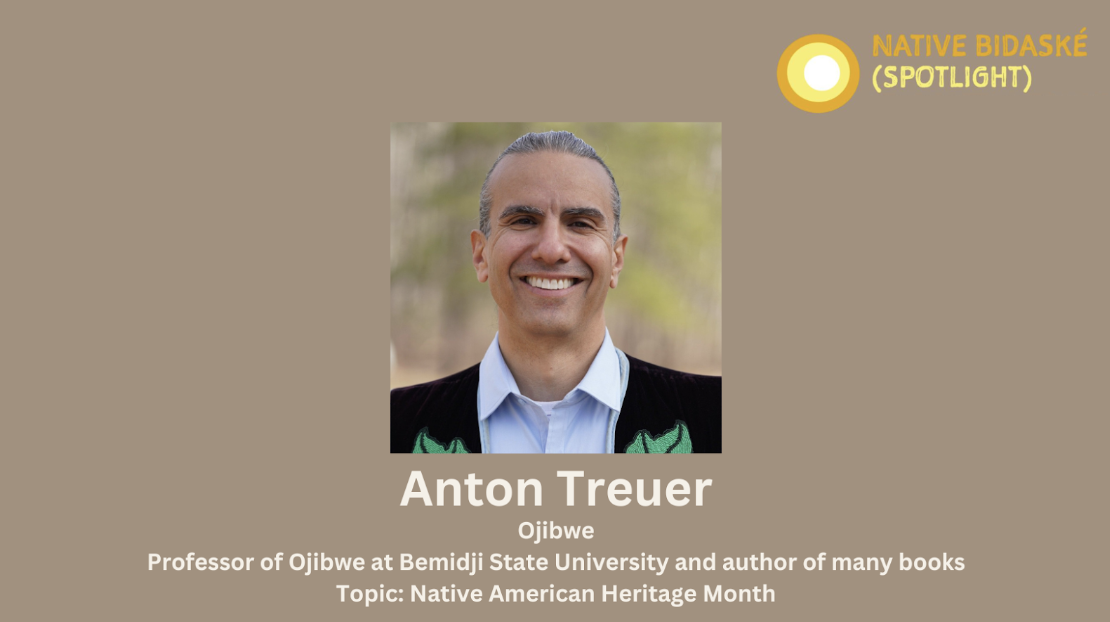For most people, college is the first time they are living away from home. Restless nights and cheap dinners line our schedules like old friends greeting us. Oftentimes, college students struggle financially. College campuses can easily turn into hotspots for people trying to find fast and easy ways to make money.
People on social media platforms are always advertising for side gigs. Maybe it is a convenient modeling gig that wants new people, or maybe it is a random person in your DMs asking you to be their sugar baby. Suppose you’ve ever received a DM or ad like that, and you might have laughed them off. But have you ever thought about the implications of those messages and ads? What are they actually asking you? And could there be a darker side to their propositions?
The startling reality of human trafficking is that it can happen in plain sight. Trafficked victims are not always locked away and secretly exploited. Social media, dating apps, and dating websites are used to recruit victims into human trafficking. Traffickers will create deceptive jobs or opportunities that a person more vulnerable may be susceptible to.
Human trafficking is the use of fraud, coercion, and/or force to acquire labor and/or sexual acts. Blue Campaign is an organization that outlines guides for recognizing human trafficking victims and things to look out for in college students. Persons who may be more susceptible to becoming victims might struggle financially, lack support, be considered people pleasers, and be someone on their own for the first time.
The Process and Sugar Dating Among College Students
Relationships between sugar babies and sugar daddies are based on the exchange of goods, money, and other incentives for intimate images and/or sexual intercourse. This relationship creates an imbalance of power. Sugar dating websites advertise themselves as your average dating website. The former sugar dating website SeekingArrangement, now known as Seeking, offers mutually beneficial relationships for its members. In the section, How Seeking Works, the first sentence advertises a luxury site for beautiful and rich people to meet.
These sites are aimed at younger people who struggle with money problems. In the Polaris Project, they examine the process of how human trafficking can begin. In their introduction to the topic, they state: “Sometimes they offer material support – a place to live, clothing, a chance to ‘get rich quick’.” Traffickers offer “support” to their victims either monetary, materialistic, and/or emotional.
While not everyone on sugar dating websites will be trafficked, the power imbalances of the relationships can create unhealthy environments that can lead to even worse circumstances. Some college campuses, like Georgia State University, have been reported to have decent amounts of students using sugar dating websites. To combat this, the university has implemented a National Campus Safety Month. College campuses are encouraged to hold information events and send out resources that students can use to be educated on the subject.
Social Media in Trafficking

Recruitment can happen in many different ways. Not only can a trafficker manipulate a victim in person or on a website, but also on social media. These are some of the most popular places where recruitment can take place. In a study by the Pew Research Center, the most used social media platforms were YouTube, Facebook, and Instagram. When narrowing the age to under 30, the majority of platforms used are Instagram, Snapchat, and TikTok.
Another study showed that 84% of adults ages 18-29 use some type of social media. Out of that number, 70% use Facebook, and a large sum use Snapchat, Instagram, and/or TikTok. Traffickers have been found to use social media to groom their victims. By faking relationships, they gain the trust of their victims. The technique that is used is called “boyfriending” where traffickers will portray themselves as loving partners and confidants. Traffickers will look at potential victim’s social media for signs that they might be easy to manipulate. People who overshare online and show active struggles with things such as financial stability, lack of romantic life, and loneliness are at higher risk of becoming targets.
It has also been reported that traffickers use social media as a means of control. Victims’ social media are heavily regulated and their messages are monitored. In some instances, the trafficker will take complete control of the victims social media, going as far as to impersonate them. From there they are able to post explicit images and videos; some even communicate with friends and family. The purpose is to further alienate the victim from any potential support systems.
Social media–as is the case with many things–has the potential for good and bad. While it is a tool for recruitment and controlling victims, it has also given escape routes for fortunate survivors. Social media platforms like Snapchat allow for disappearing messages and pictures. In some cases, this has been used to communicate with outside forces that could help them escape their dire situation.
How to Prevent, Things to Look For, And Sources to Use

College can be a stressful time for people. For the majority of students, it is their first time away from home. Each year, college gets more expensive, and with these added expenses comes added pressure and stress. It is in times like these that it can be especially tempting to turn to other means of financial and emotional support.
It is incredibly important to be conscious of the things we post on our social media. It is even more detrimental that we are aware of online “friends” and whether or not they are using manipulation tactics. By being more aware of our and other people’s social media presence, bad situations can be avoided. Taking an active role in our community and spreading awareness are important ways to help in the fight against human trafficking. It can be as easy as sharing an article, donating to organizations that support survivors, keeping a lookout, and reporting strange ads, websites, or social media users. Human trafficking is one of the biggest stains on our society as humans. As advances in technology increase, so too do new methods of recruitment. It is imperative that social media platforms and websites that advertise connection with other people have better preventative systems in place.
A source to report human trafficking is the Homeland Security Investigations (HSI) Tip Line. If you want more information on safety tips, check out the National Human Trafficking Hotline. There are many organizations that dedicate their resources and time to helping trafficked survivors. The WellHouse is one of those organizations that provides survivors support and a chance to reintegrate into society. At this organization, survivors are given structured support on their healing journey, opportunities to further education, and encouraged to pursue personal interests. The WellHouse has a shop where you can help support survivors by buying handmade jewelry. If you would like to donate, support through purchasing at their shop, or volunteer, check out the WellHouse.





